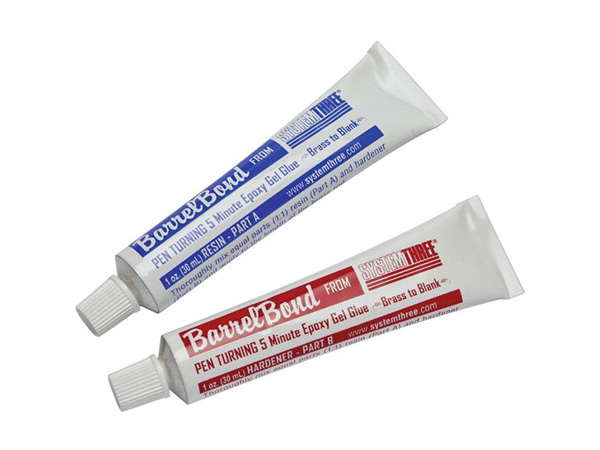
I’ve run across some really beautiful gold flecked ipe wood boards several times. I was told by an importer several years ago, that it can’t be reliably glued edge-to-edge; and only a mechanical connection can be used. Has anyone found a glue that can allow common joinery with ipe? – Don in Texas
Chris Marshall: Don, you’ve probably done some web investigation on this matter, and you’ve probably found that the verdict among those who’ve tried to glue ipe is mixed at best. It is oily, and the grain is often interlocked. Some have had success by wiping off the oily residue with solvent, then immediately gluing the wood together just as you might do with one of the rosewoods. Others say even that preemptive step leads to glue failure in the long run, no matter what adhesive you use. I do not have experience with ipe, but here’s my suggestion: don’t rely on glue alone. I’d reinforce the glue joints with a mechanical connection: metal fasteners like screws, dowels or splines, or choose a joint that interlocks dovetails, tongue and groove, pinned mortise-and-tenon, sliding dovetails, etc.
Tim Inman: Ipe is an oily wood. It is notorious for being difficult to glue. I’d suggest an epoxy adhesive, or a urea-formaldehyde glue. Both are good gap fillers, and both have extraordinary bonding ability. Although there seems to be some conflicting opinion (what!?), I would recommend wiping the two mating surfaces with acetone immediately before glue-up. Let the acetone dry before applying the glue. Wipe the acetone with a clean towel or cloth. Do not rub it around – which just smears the wood’s oils and does not pick them up to remove them. Acetone is the best oil solvent. Lacquer thinner or mineral spirits will not be as effective. Notice the dryness of the skin on your hands after using acetone, and you’ll quickly agree it sucks up oil! Acetone is extremely flammable, too. So, be careful!





